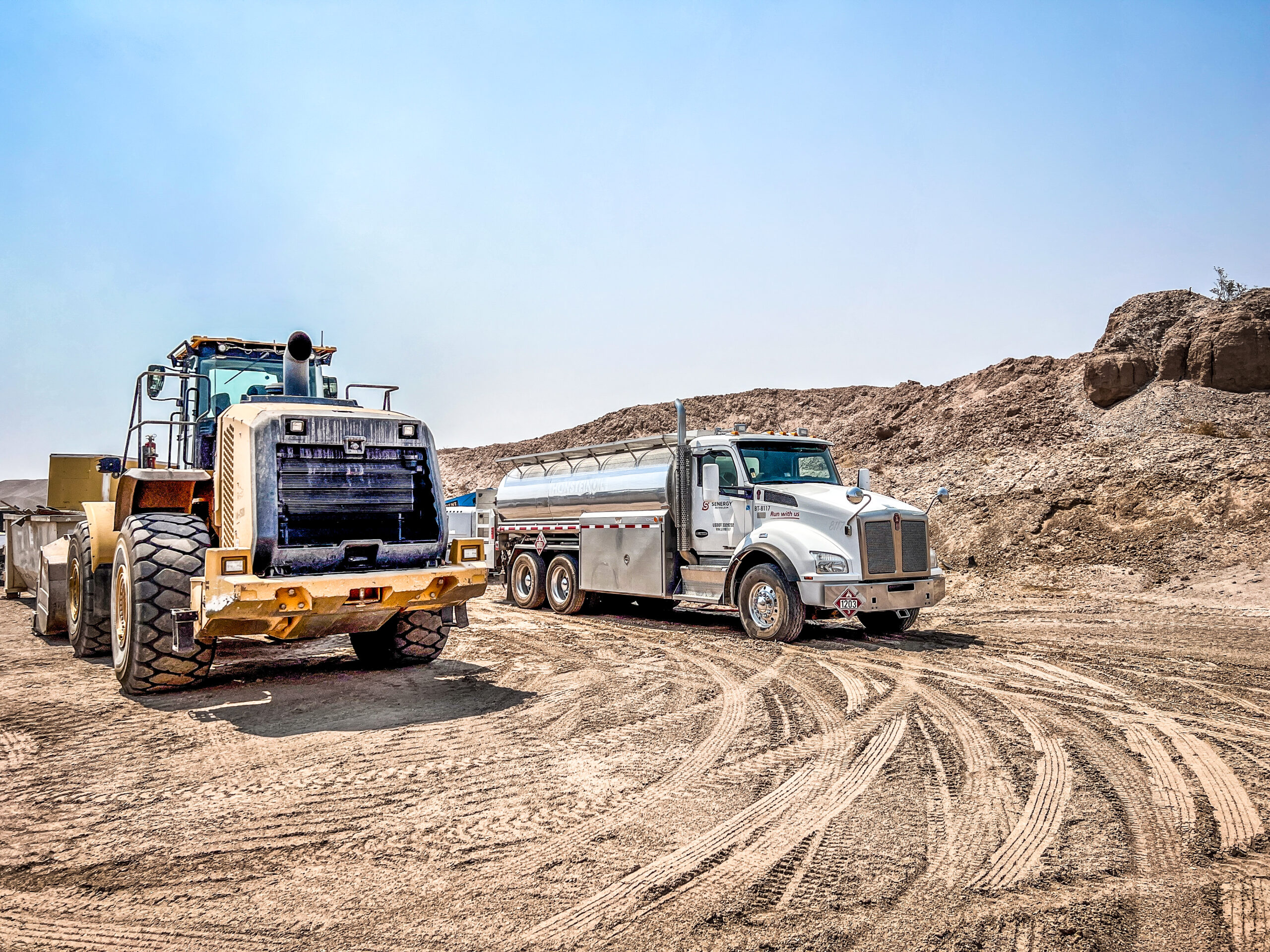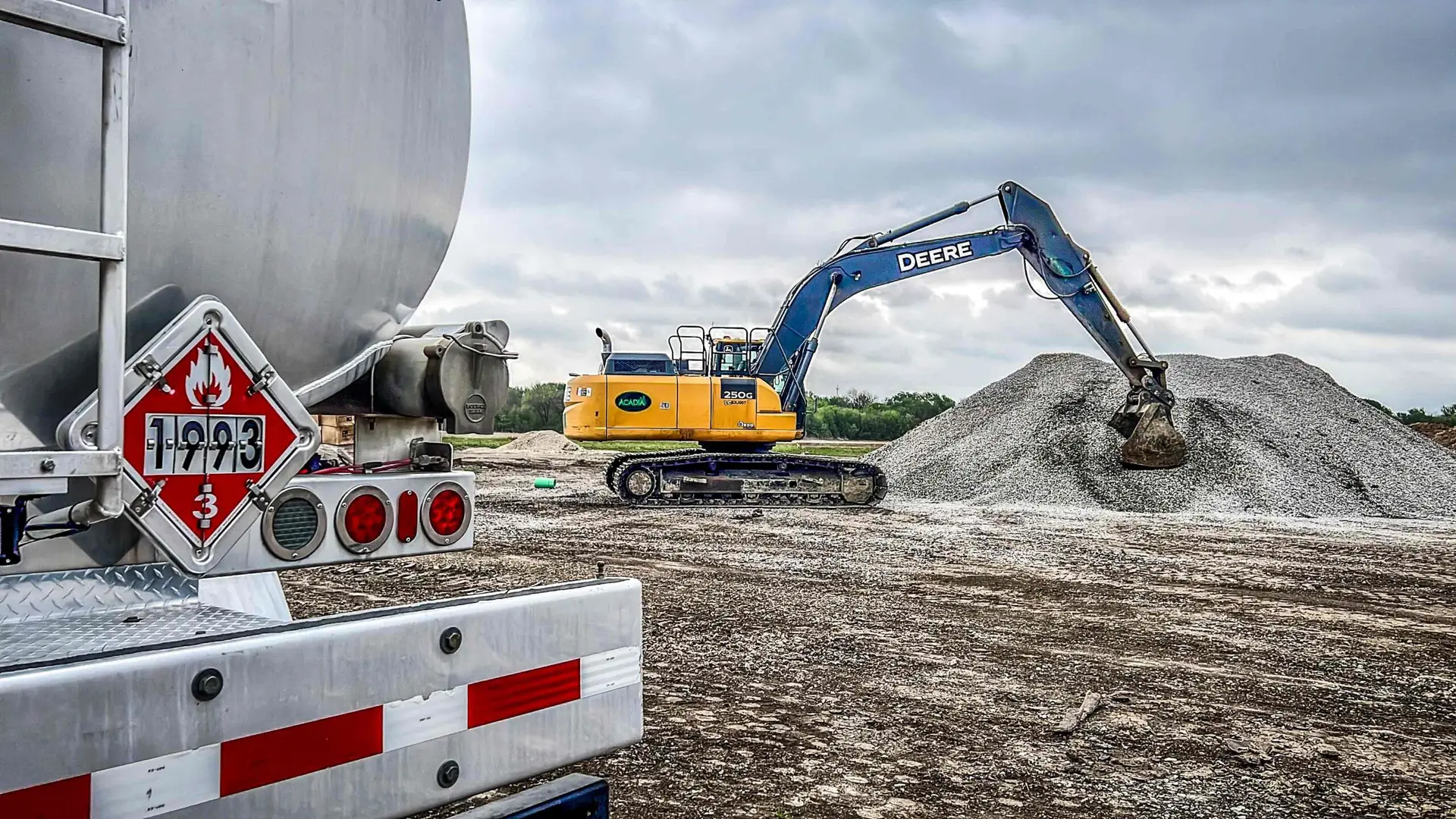Lubrication is simple, but its influence on machine health goes deep. It reduces the friction that occurs when parts wear against one another, which correspondingly decreases heat, vibration, and metal fatigue. In addition to that, lubricants remove small debris, seal out contaminants, and avoid corrosion. In demanding environments e.g., mining, food processing, or logistics lubrication must be consistent and designed for the particular conditions. Over-lubrication can make seals blow through, attract dirt, or impair performance with excess drag.
Under-lubrication can make parts wear rapidly and fail prematurely. Achieving just the right ratio is tricky to do by hand, particularly across a big fleet or facility. Sophisticated systems impose precision on the job, tracking such variables as temperature, speed, and pressure to regulate the lubrication cycle in real time. When machines receive precisely what they require, they operate more smoothly and fail less frequently immediately enhancing equipment life and reliability.





